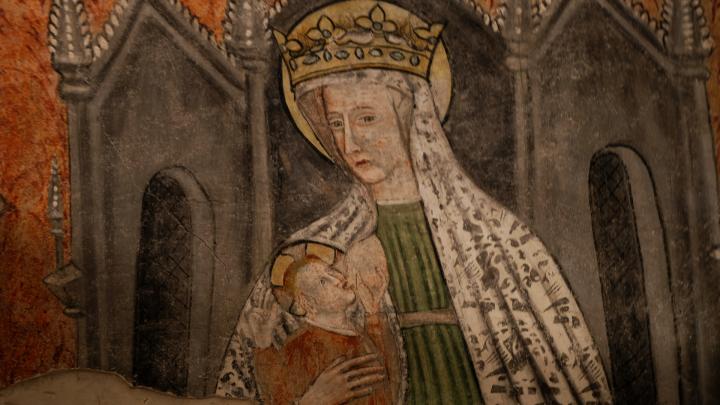Ivrea, the capital of Canavese, called Eporedia in Roman times, is a city rich in history, art and culture, as well as home to the historical and world-famous Ivrea Carnival.
Located in a strategic location at the mouth of the Aosta Valley, it was once an important point of passage and commercial exchange, but it was above all the birth of the Olivetti factory, founded in 1908, that made it world famous. Not coincidentally, in 2018 it was recognized by Unesco as a World Heritage Site.
Today the Olivetti factory is closed, but the beauty of the area has stimulated increasingly conscious and responsible tourism, which has also revived the important Via Francigena, the route that pilgrims from all over North Central Europe followed in the past to reach Rome, seat of the Papacy and heart of Christianity.
The Francigena route was not only a devotional route but also a route travelled by merchants, armies, politicians and men of culture who created a channel of exchange and communication that led to the substantial unity of European culture between the 10th and 13th century.
Our route begins at the station, from here continuing on Corso Costantino Nigra, where there are numerous bars and stores, in about ten minutes you can reach the beautiful fountain, created by the sculptor Emilio Greco in 1957, dedicated to Camillo Olivetti, founder of the eponymous factory. The structure rests on a rock wall from which a waterfall falls, creating a very striking effect.
At this point you can cross the Corso and, continuing straight on Via Riva, you reach Via Arduino, one of the oldest streets in the city.
From here, following the signs, you can reach the imposing Castle "with the red towers," which stands at the highest part of the city, built in 1358 by Amedeo VI of Savoy as a fortress.
Nearby is also the city's cathedral; that is, Cathedral Santa Maria, commissioned by Bishop Warmondo (969/1005) on the remains of a Roman temple.
Today the church still retains many of the original Romanesque elements, such as the fabulous crypt with its extraordinary 11th - 13th century frescoes, the bell towers, the tiburium and the exterior of the apse, next to which the remains of the Cloister Canonici can be seen.
From the Cathedral, following the ancient Via Francigena, descending along the ancient Roman decumanus, you arrive in Piazza del Municipio, where you can admire the front of a Romanesque bell tower on the facade of the Church Sant'Uderico. According to tradition, in 971 the German bishop performed a miracle on this very spot.
After enjoying a meal in one of the typical local diners - we recommend that you try the antipasto with the Ivrea baby onions - you may decide to continue following the signs on the route of the Via Francigena which, after passing on the state road, reaches the lovely Church San Lorenzo Martire.
Now, continuing on flat paths, you reach Cascinette d'Ivrea, near which the charming Lake Campagna - of glacial origin as are all the lakes of the Ivrea Morainic Amphitheatre - is worth a stop. Nearby, we can also take the "5 Lakes of Ivrea", which also pass over the famous Terre Ballerine.
Or, you can choose to head back toward the city centre and continue your tour of the historical centre. Passing by Via Palestro, you can make a stop at the interesting Museo Civico Pier Alessandro Garda, where numerous antiquities of the Ivrea area are located.
We now reach the Lakeside promenade to the Giusiana Gardens, where the Romanesque Tower of Santo Stefano rises, one of the symbols of the city, and where an imposing specimen of monumental hornbeam resides. Here we also encounter the famous Pasticceria Balla, where you can taste the very good and unique Torta 900.
On the left-hand side, however, an original structure of the La Serra Convention Center is noticeable. This unique building, in the shape of a typewriter, was designed by architects Iginio Cappai and Pietro Mainardis after the death of Adriano Olivetti.
At this point, always following the river banks, which give the opportunity to admire some of the most beautiful views of the city, you can return to Corso Nigra and then towards the station.
Testo e immagini: @alessandra.corra
Archivio @regione.piemonte





